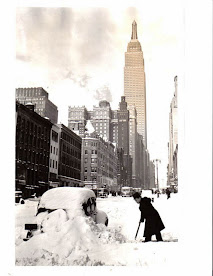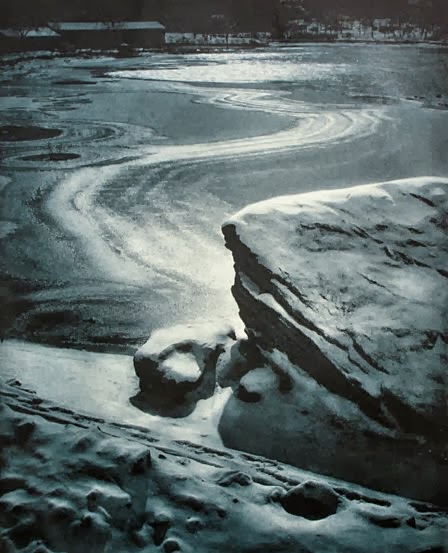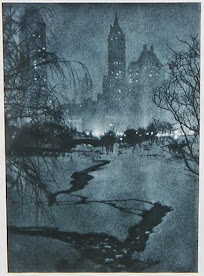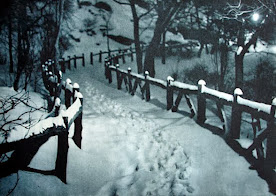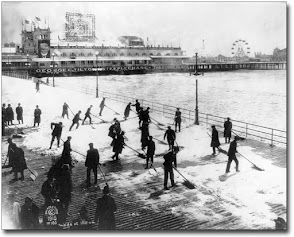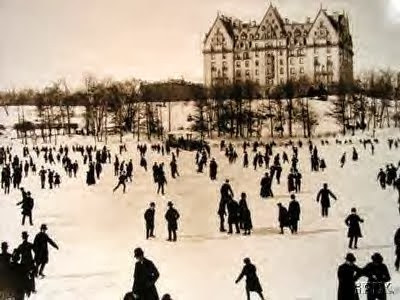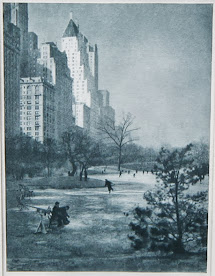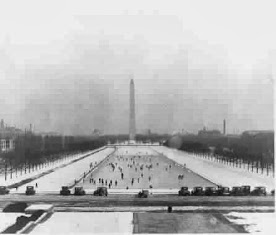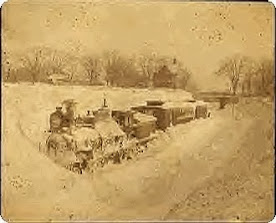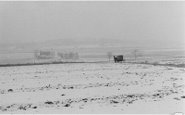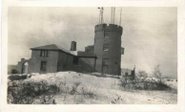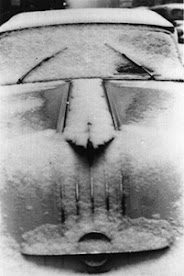HARD Winter Follows HOT August
Apparently...if it/s unusually warm the first week of August...a hard winter/s a/comin/.
"If the first week in August is unusually warm,
The coming Winter will be snowy and long."
Must have missed class the day that old chestnut was presented!
How can an 'unusually warm' first week of August be quantified? NWS field manuals of old described 'mild' temperatures as departures 5-10 °F above normal. 'Hot' was a departure of 10 or more.
'Hot' seems to lend itself more to 'unusually warm' than does 'mild.' If that/s the case...then a station would need a total anomaly of 70°F to qualify as 'unusually warm.'
So...what/s in store this winter according to folklore for NE and the M-A regions? The bar chart shows 7-day total temperature anomalies for NEWxSFC stations.
The 'rule' cannot be expressly applied b/c there were no stations where the 7-day anomaly total was 70°F or higher. IAD and BWI were most 'unusually warm' with 49 and 44°F anomalies... respectively.
The average station temperature anomaly was ~31 °F. The 90th percentile station temperature anomaly came in @ 41°F...which includes IAD...BWI...ACY...and RIC.
So...there it is. If indeed...a hot August ==> long, snowy winter...then this year/s action center will be found in a tightly constricted corridor along the M-A/s coastal plain.












